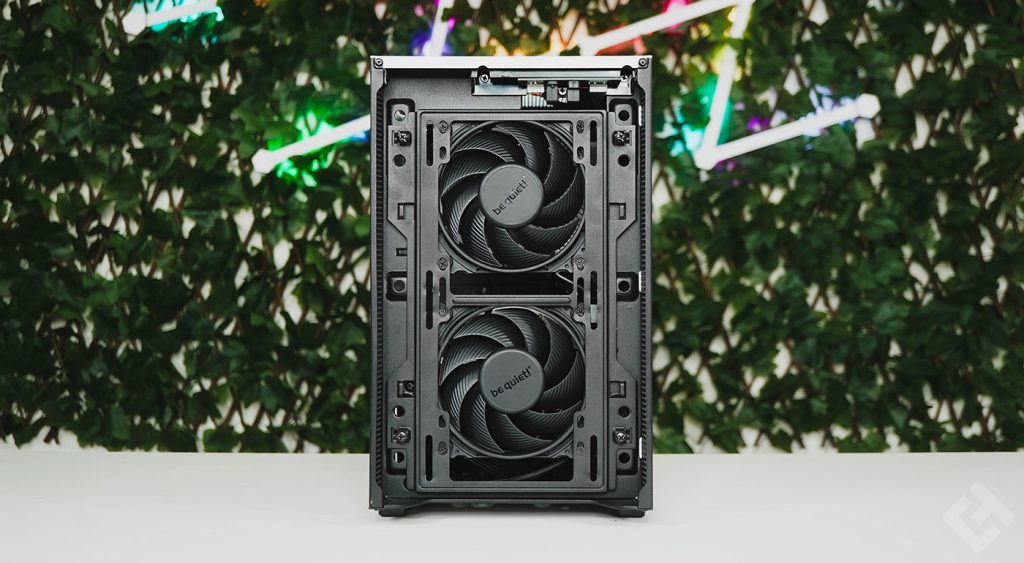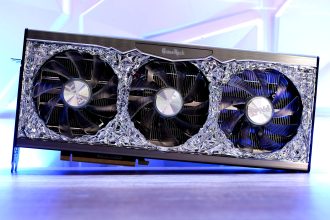PWM fans (Pulse With Modulation) are a crucial element in PC cooling management. They ensure an optimum balance between cooling and noise levels. But what exactly are PWM fans, and how do they differ from conventional fans?
What is a PWM fan?
A PWM fan is a type of PC fan that uses pulse-width modulation to control its speed. Unlike fixed-speed fans, PWM fans adjust their speed according to the thermal requirements of the system.
How a PWM fan works
PWM control modifies the voltage supplied to the fan at regular intervals. By adjusting the length of time the voltage is high, the fan can run at different speeds.
Advantages of PWM fans
- Precise speed control: PWM fans offer more precise speed control, enabling cooling to be tailored to actual system requirements.
- Energy efficiency: They are generally more energy-efficient, as they only run at full speed when necessary.
- Noise reduction: By running only at the speed required, they reduce overall system noise, which is particularly beneficial for low-noise environments.

How to choose a PWM fan?
There are a number of criteria to consider when choosing PC fans, and these are the same for PWM fans as for conventional fans.
- Size: measured in millimeters, this is a crucial factor. Common sizes include 120 mm and 140 mm. Compatibility with your PC case should be checked.
- Air flow: Measured in CFM (Cubic Feet per Minute), this indicates the amount of air moved. Generally speaking, fans from Be Quiet! and Noctua are the best on the market.
- Static pressure: Important for systems with obstacles such as heat sinks or radiators.
- Noise: Expressed in decibels (dB), a low noise level is preferable for a more pleasant user experience.
- Durability and build quality: The materials used and the design of the fan affect its durability and long-term performance.
Things to check before buying PWM fans
First of all, check your motherboard, which should have a 4-pin SYS_FAN / CHA_FAN connector for connecting a PWM fan. Generally speaking, all boards have 4-pin connectors these days. Next, check the price. PWM fans are generally more expensive than other fans, because of their modularity. But a higher price may also indicate more advanced features, such as RGB backlighting.
Installation and maintenance
Installation is straightforward, just like with conventional fans:
- Check compatibility with your case and motherboard.
- Follow the manufacturer’s instructions for correct installation.
- Make sure the airflow is correctly oriented.
Maintenance is the same as for conventional fans, but it’s always a good idea to remember a few basic rules:
- Clean fans regularly to prevent dust build-up.
- Monitor performance for signs of wear.
PWM fans are an excellent choice for users wanting precise temperature control of their system while minimizing noise. Their selection should take into account size, airflow, static pressure, noise level, durability, compatibility and price.






